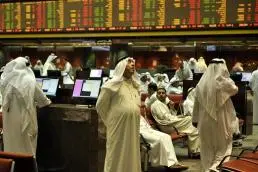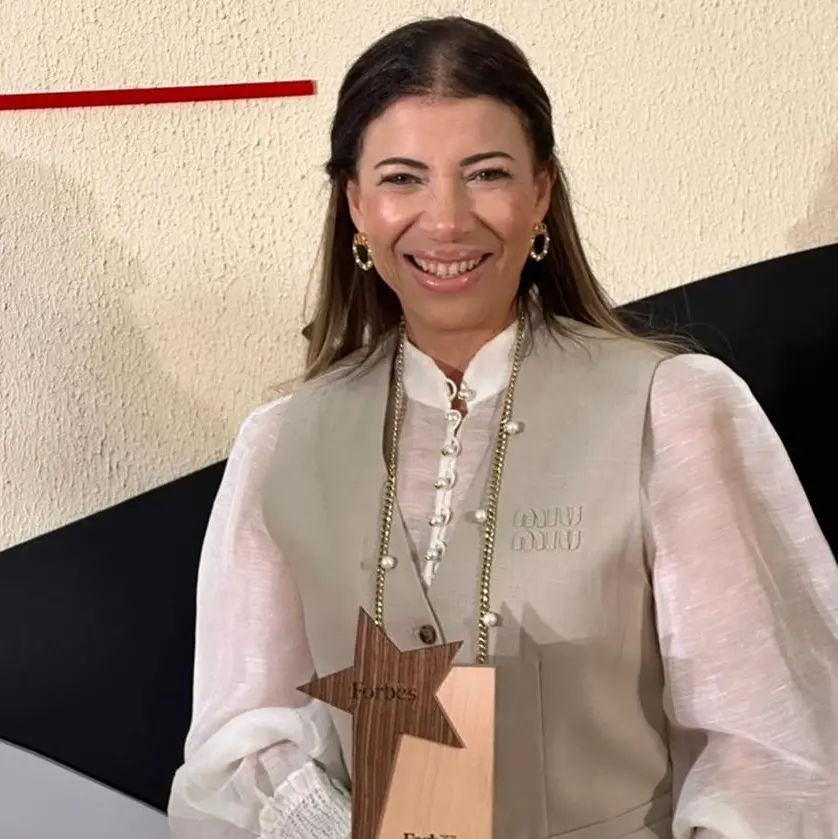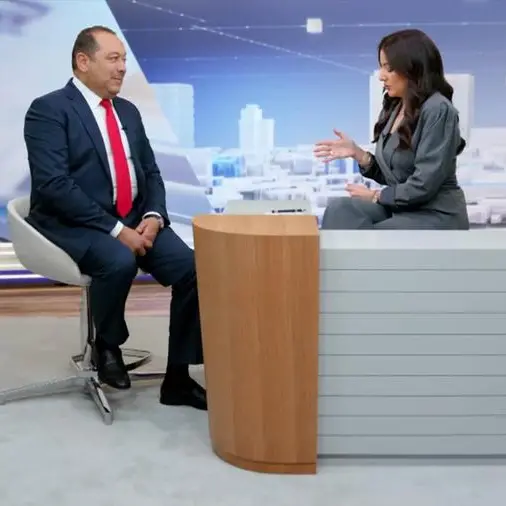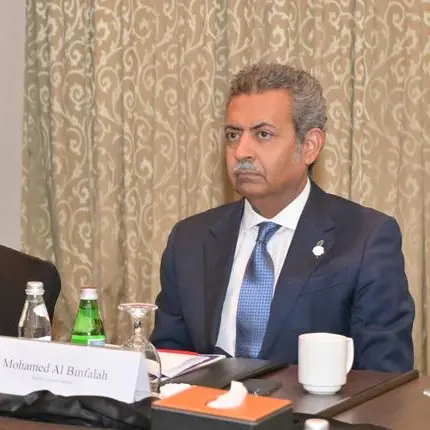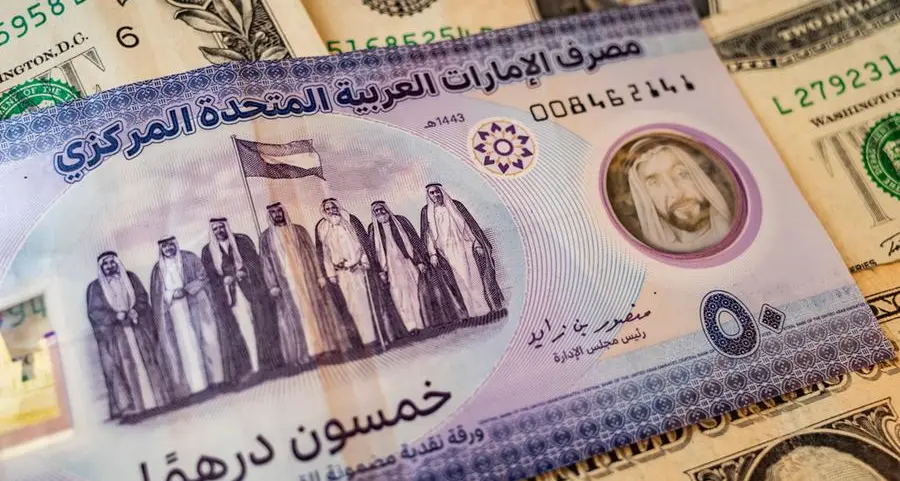PHOTO
Kuwait – 10 April 2017
Kuwait Finance and Investment Company (KFIC) clarified in its financial report for March; that the Global equity markets rallied during the first quarter of 2017 as represented by the MSCI World Index which climbed +6.2%. Germany’s DAX index was the top contributor followed by the US S&P 500 index. In the US, S&P 500 climbed +5.8% QTD as the Federal Reserve hiked the Fed Funds rate by 25 bps. The Fed is the only major central bank among the “developed” economies whose last policy move was a rate hike. The unchanged projections towards the future interest rate hikes was seen as dovish by analysts, and in return, the dollar depreciated, US equities rose and Emerging market currencies rallied against the dollar. Many expect the Federal Reserve to maintain its stance on three or four more possible rate hikes within 2017.
In Europe, Germany’s DAX index rose by +6.75% QTD driven by a weaker euro currency which tends to benefit the German index, as many of its components are big exporters that sell their products globally. Meanwhile, France’s CAC 40 increased by +4.7% under similar circumstances, and UK’s FTSE 100 rose +3.2% as 75% of FTSE’s revenues come from abroad, and the weaker pound due to Brexit uncertainty has helped those companies and regain some confidence into the market. In China, Shanghai’s Composite Index rose by +3.4% QTD as the country’s macroeconomic performance remains positive and China’s official Purchasing Managers’ Index (PMI), which measures the vitality at the manufacturing sector, came in at 51.8 in March, the highest in nearly five years, according to the data released by the National Bureau of Statistics.
In Japan, Nikkei 225 fell by -0.3% due to sluggish growth due to weaker private consumption at home. However, economists are optimistic about the yen’s decline which should lead to an export-led recovery. In Commodities, oil prices fell significantly during the first quarter as WTI dropped -10.2% to close at 50.4 USD/bbl and Brent fell -9.1% to close at 53.1 USD/bbl. The Energy Information Administration data pointed to a rise in US stockpiles for 9 consecutive weeks, and Baker Hughes has reported that rig counts have doubled in size since last year, from 325 to 650 US rig counts. Optimism in the oil markets was seen when OPEC decided to extend on the output cut deals for a further six months (effective from March 2017); however, Russia has yet to decide to agree on the extension deal which is seen as a further catalyst for higher oil prices. Gold Prices rose by +7.9% and Silver rose 13.8% as weaker global currencies continues to add more appetite for currency hedging assets.
Kuwait Targets $8 Billion in Debut International Bond Offer
In Saudi Arabia, Fitch Ratings cut the Kingdom’s ratings to A+ from AA- by on deterioration of public, external balance sheets, significantly wider-than-expected fiscal deficit in 2016, doubts about government reform program. Saudi Finance Ministry says economic fundamentals remain strong, and that the downgrade was anticipated. Saudi Arabia’s government has also slashed Saudi Aramco’s tax rate by a significant margin, a key milestone in preparing the company for what may be the world’s biggest IPO. Aramco’s income tax, paid on the company’s profit, is being cut to 50 % from 85 %, which would add tremendous value to the company and bring it closer to the approximate valuation needed for IPO purposes. In Kuwait, the government raised USD 8bn from the country’s debut global bond offering which was deemed to be very successful. In other positive news, the country has been added to the MSCI watch-list for Emerging Markets inclusion by June 2017 but doubts remain over the market’s current liquidity criteria.
In UAE, Dubai has overtaken Malaysia as the jurisdiction with the highest volume of sukuk issuance, according to a Citi report. Dubai is the largest issuer of sukuk with 23% of the market, closely followed by Malaysia, with 21.4% of issuances. Global sukuk issuance in 2016 stood at USD 65bn, according to Fitch Ratings. In Qatar, The International Monetary Fund (IMF) expects Qatar to see further subsidy cuts, increase in public fees, a moderate recovery in global commodity prices and the implementation of a VAT which will drive inflation, which is expected to moderate back to low levels over the medium term.
In Oman, the budget of 2017 revealed an OMR 3bn deficit, representing 11% of 2017 GDP according to oxford economics forecast, where a review and cancellation of certain subsidies, the privatization and sale of government assets and the channeling of funding only into projects essential for Oman’s non-oil future took place. In Bahrain, The governor of the Central Bank of Bahrain (CBB) has forecast 3.5% non-oil GDP growth for 2017, saying the country has managed to adapt to “new economic realities”. However, the rating agencies’ downgrading of Bahrain to ‘junk’ status last has been concerning.
A slight decrease in the GCC equities
GCC equities, as indicated by the MSCI GCC IMI index, fell by -1.3% QTD. Bahrain’s BB All Share index was the top performing GCC index, followed by impressive quarterly performance from Kuwait’s Weighted Index. Oman’s MSM index was the worst performing index, followed by Saudi Arabia’s Tadawul index which was a drag on the overall MSCI GCC IMI index. Saudi Arabia’s Tadawul index fell by -2.9% QTD which was primarily driven by the sharp decline in oil prices leading to weaker investor and macroeconomic sentiment. Banking sector equities fell by -1.7%, Petrochemical fell -0.4% and Real Estate dropped -0.3%. Positive performance was seen in Hotels +3.7% and Energy +2.9%. Kuwait’s weighted index rose +8.7% on the backbone of the successful international bond issuance by the government and sharp gains were witnessed in Financial Services +16.8%, Industrials +9.6%, and Banks rose +8.9%. In UAE, Dubai’s DFM index fell -1.4% as Telecom fell -1.9% and Real Estate dropped -1.4%. Abu Dhabi’s ADSM index dropped -2.3% with negative contribution coming from Energy -20.4%, Real Estate -11.1%, and Industrial -3.7%. Positive performance was seen in Insurance +19.2%. Qatar’s QE index rose +1.9% mainly due to positive contribution from Real Estate +6.3%, Consumer Staples +8.9%, and Banks +3.4%. Negative performance was witnessed in transportation -8.6% and Insurance -3.5%. Oman’s MSM 30 Index fell -4.0% mainly due to the decline in Services by -5.6% which was offset by positive performance in Banking +3.4%. Bahrain’s BB index rose +11.1% mainly due to sharp gains in Banking +12.7% and Industries +24.6%.
-Ends-
Sources: KFIC Research, Reuters, S&P, Moody’s, Bloomberg, The Guardian, CNBC, SAMA. Zawya.
© Press Release 2017
